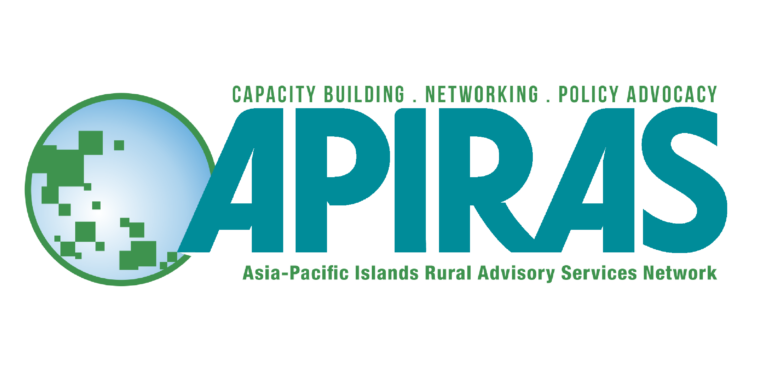Regional Brief: Strengthening the Role of Public Extension and Advisory Services in Asia
In 2022, the Rural Development Administration(RDA) of the Republic of Korea through its Asian Food and Agriculture Cooperation Initiative (AFACI), launched a project “Improvement of Rural Agricultural Technology Extension System in Asia (RATES)” to strengthen extension systems in 12 Asian countries. The Global Forum for Rural Advisory Services (GFRAS) is a partner in this initiative and its regional network in Asia, the Asia-Pacific Islands Rural Advisory Services (APIRAS) is supporting the implementation of the RATES project. One of its early activities was to make an assessment of the EAS system in these countries. This brief is based on the assessment of EAS, especially focussing on the role of public EAS in these countries, the challenges they face, and identifying some of the potential ways forward to enhance the contributions of EAS.

